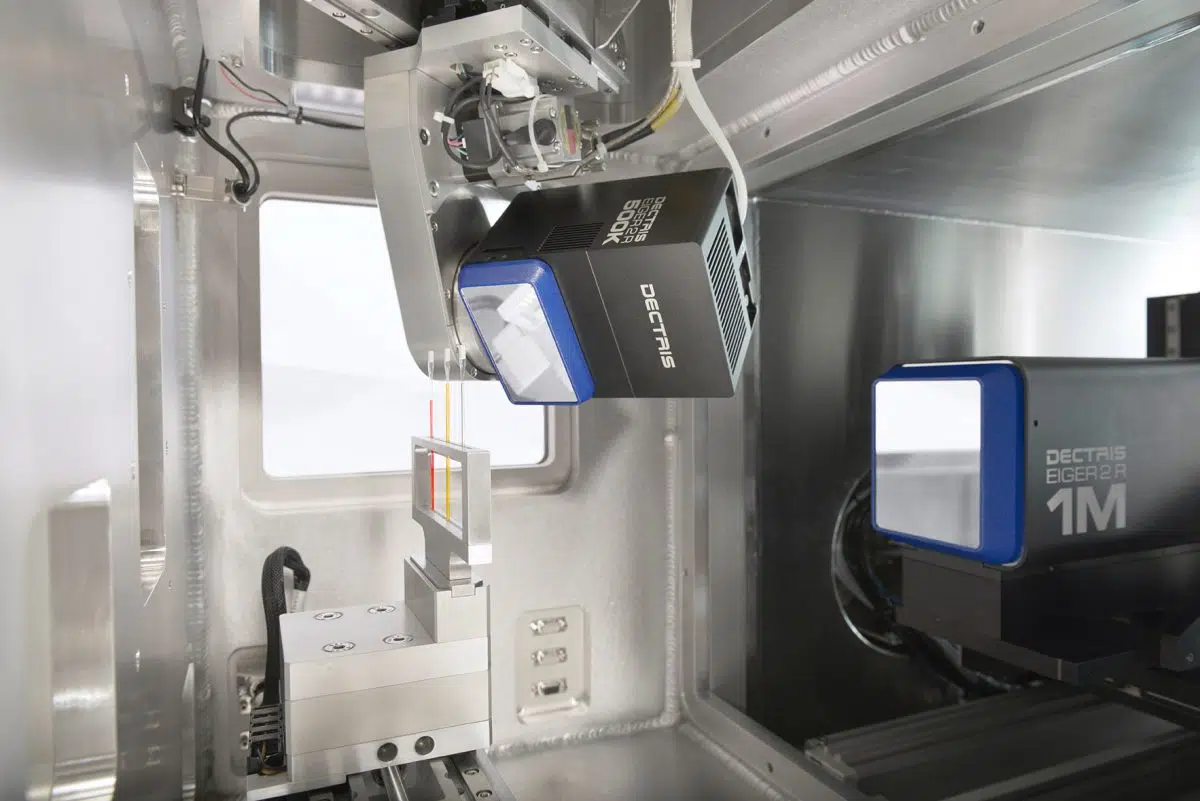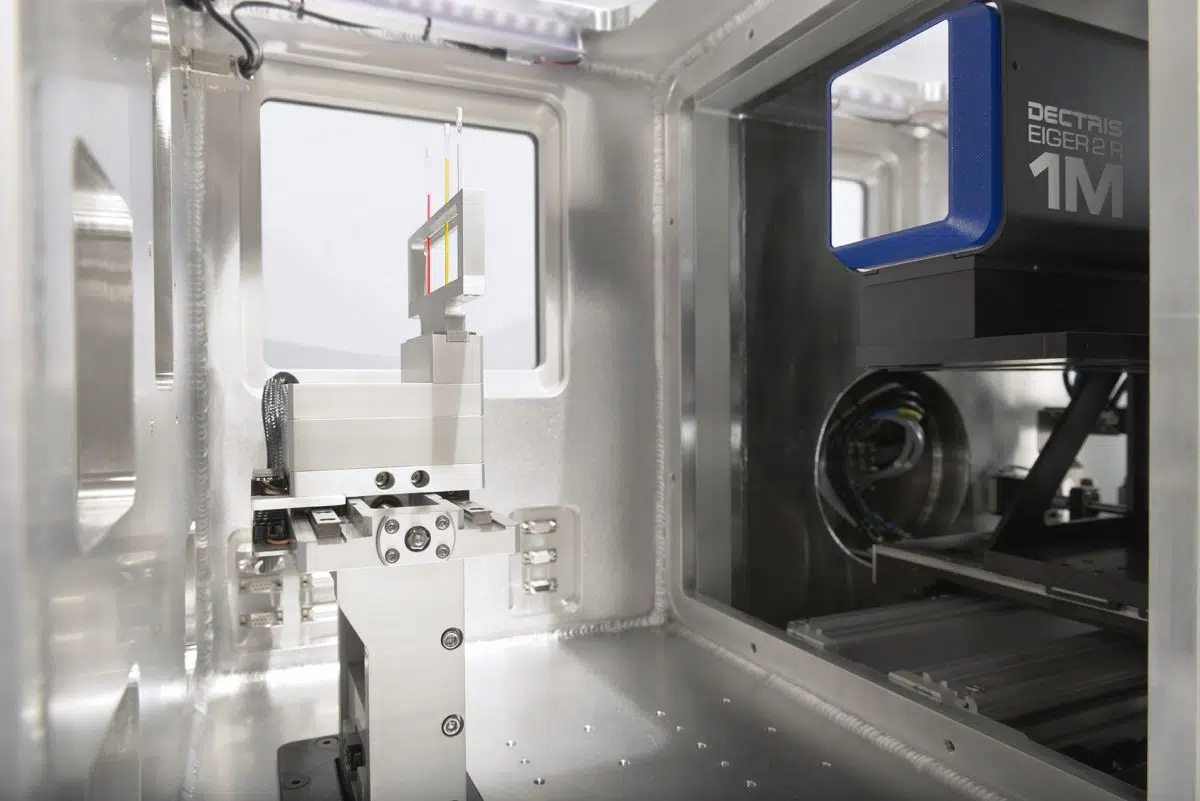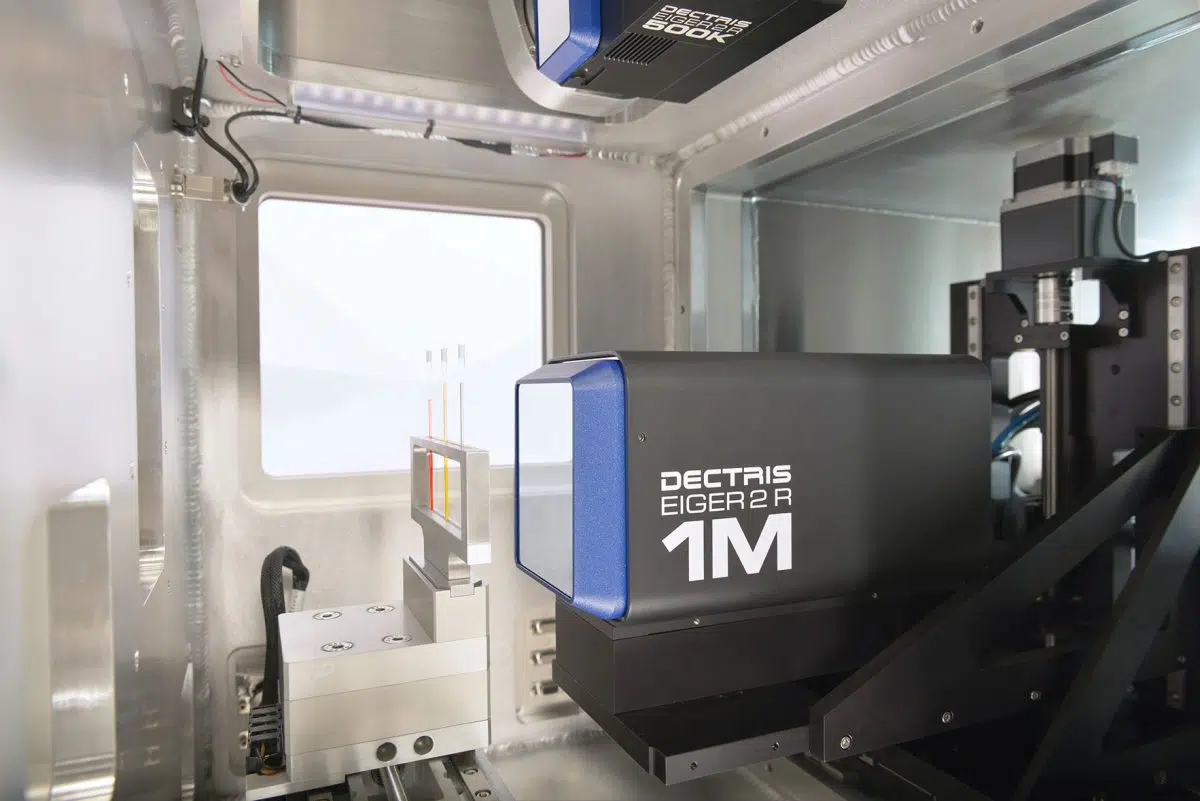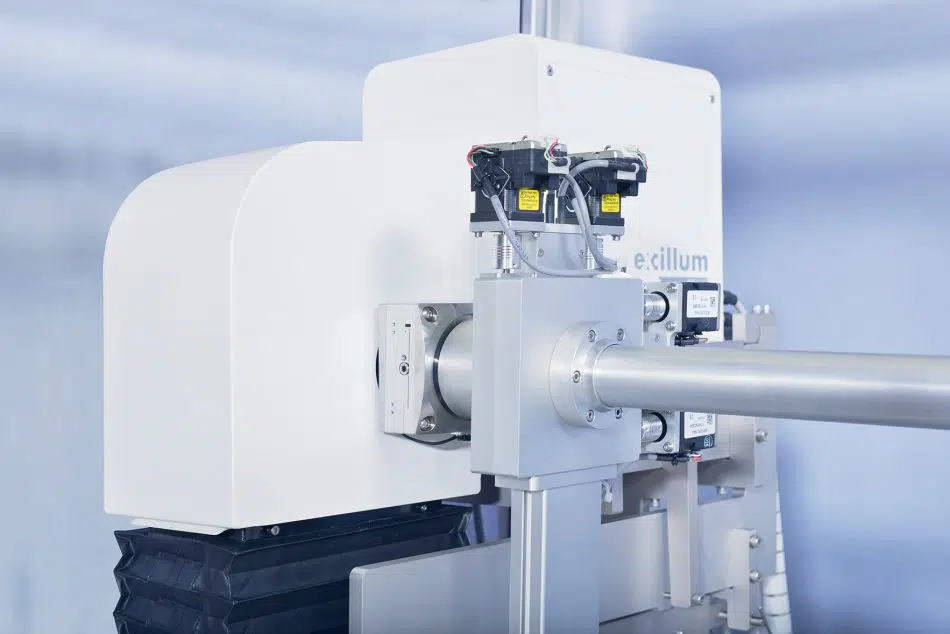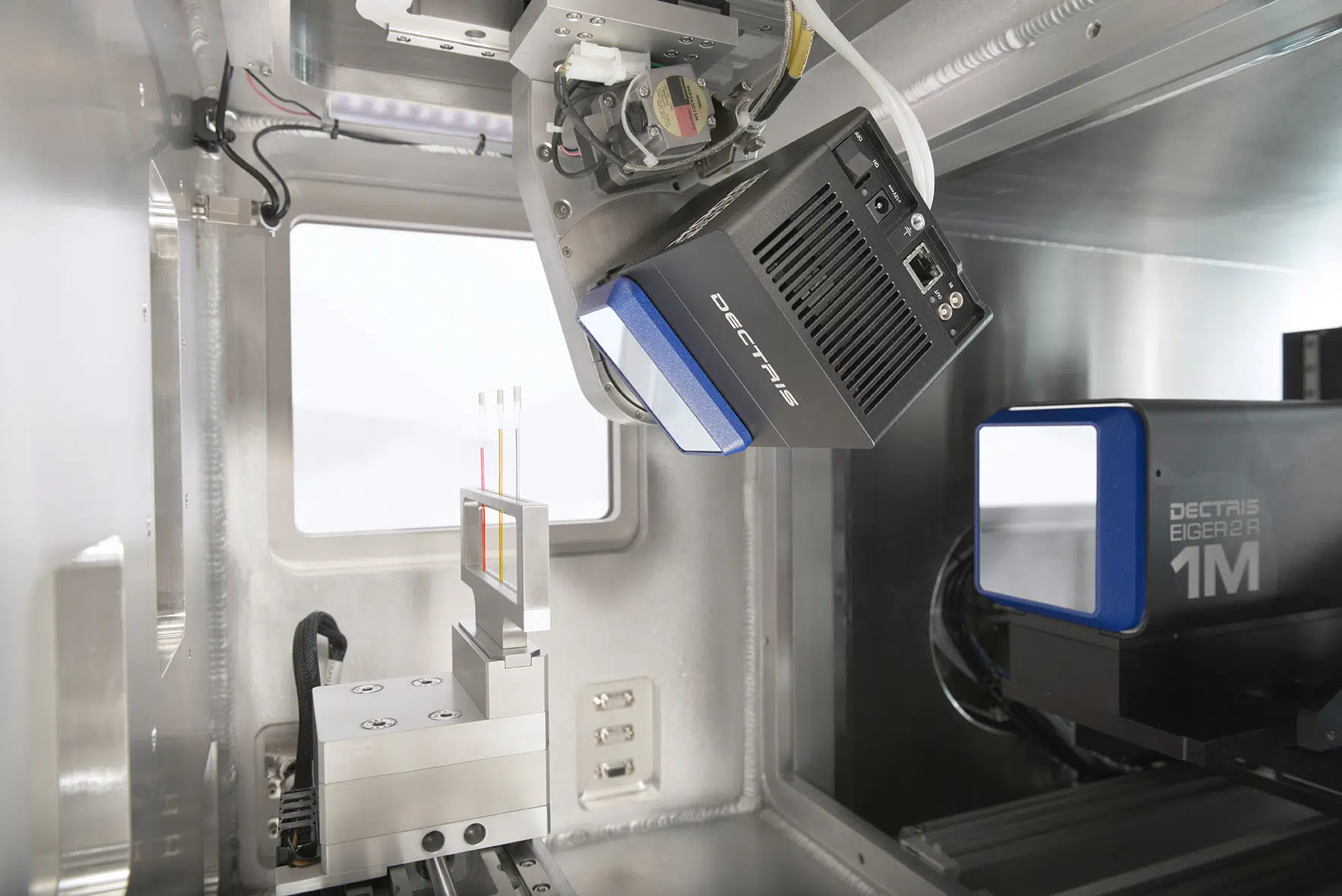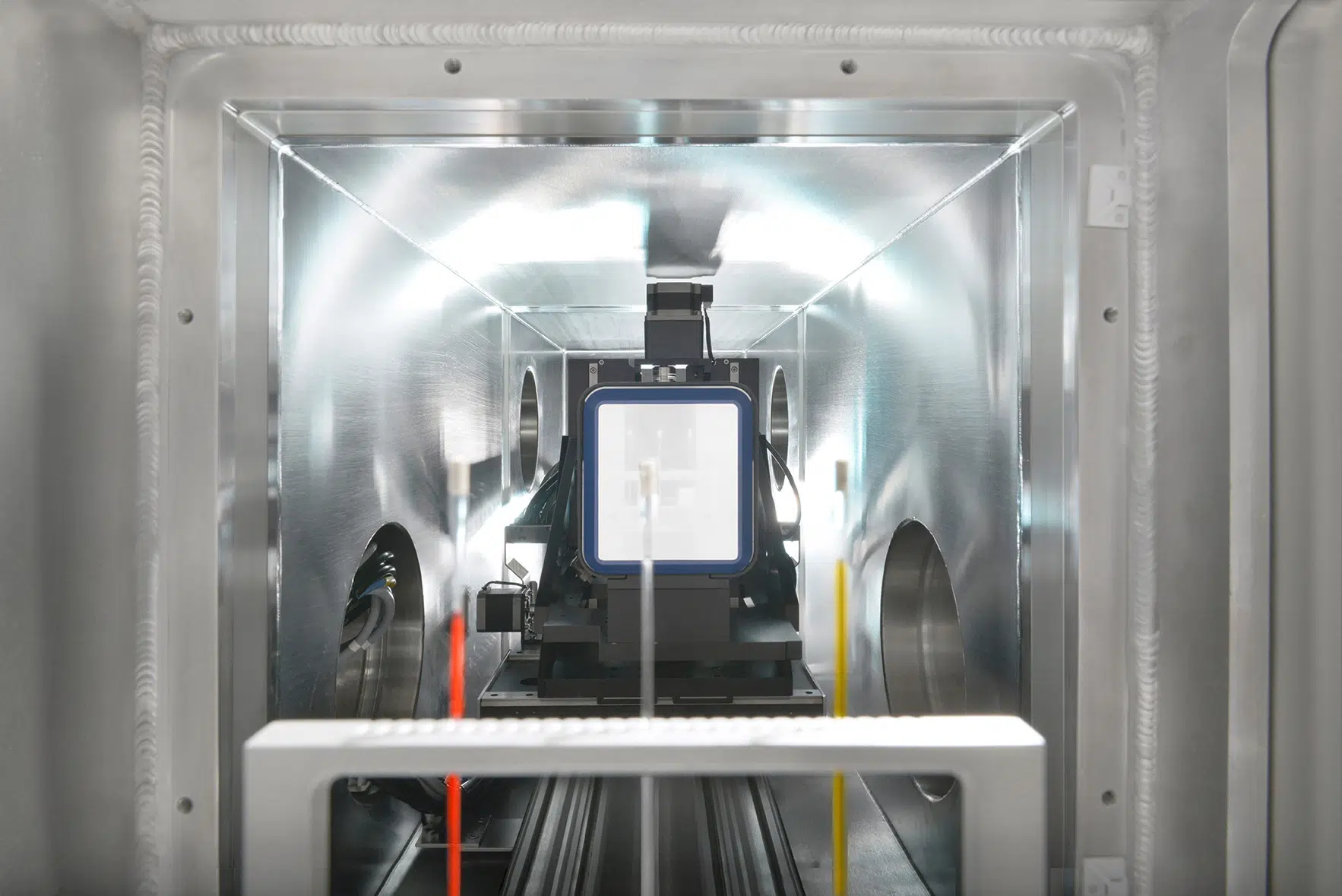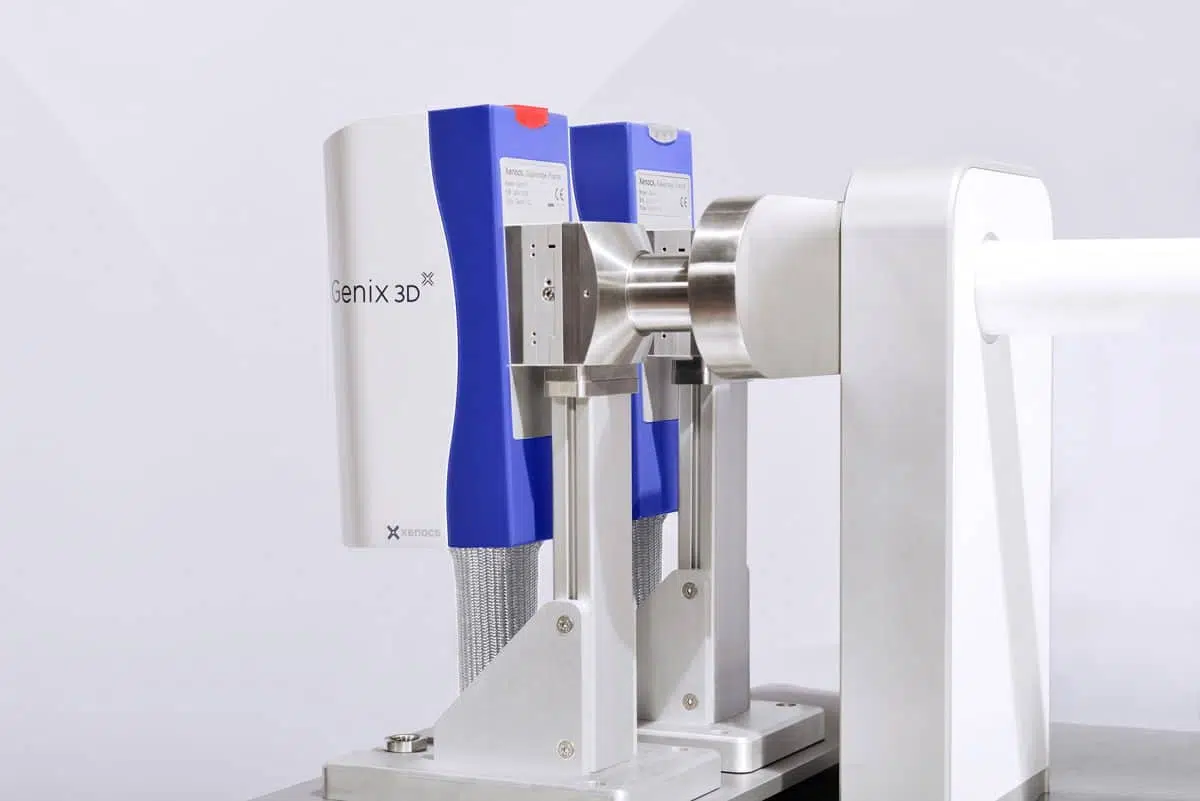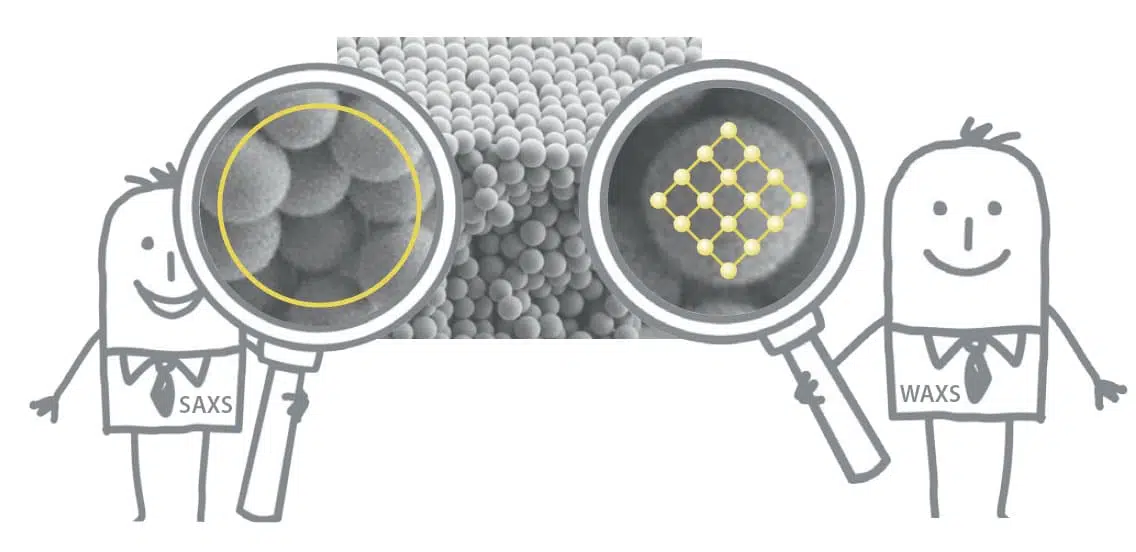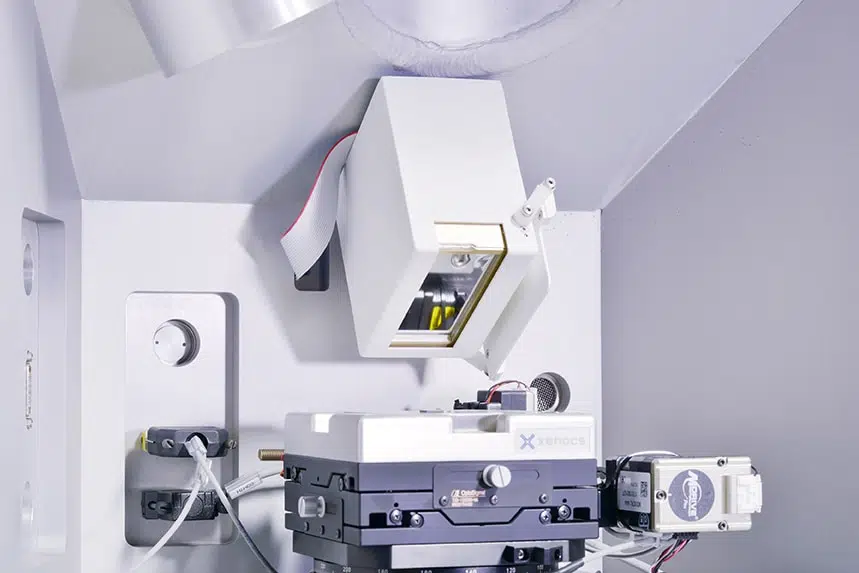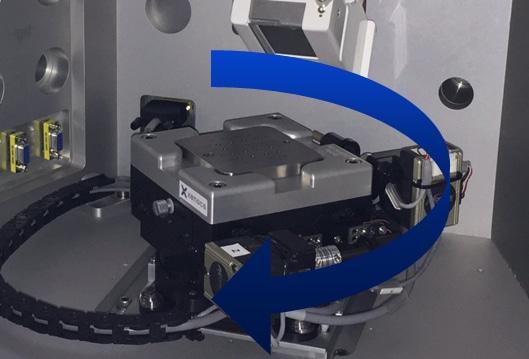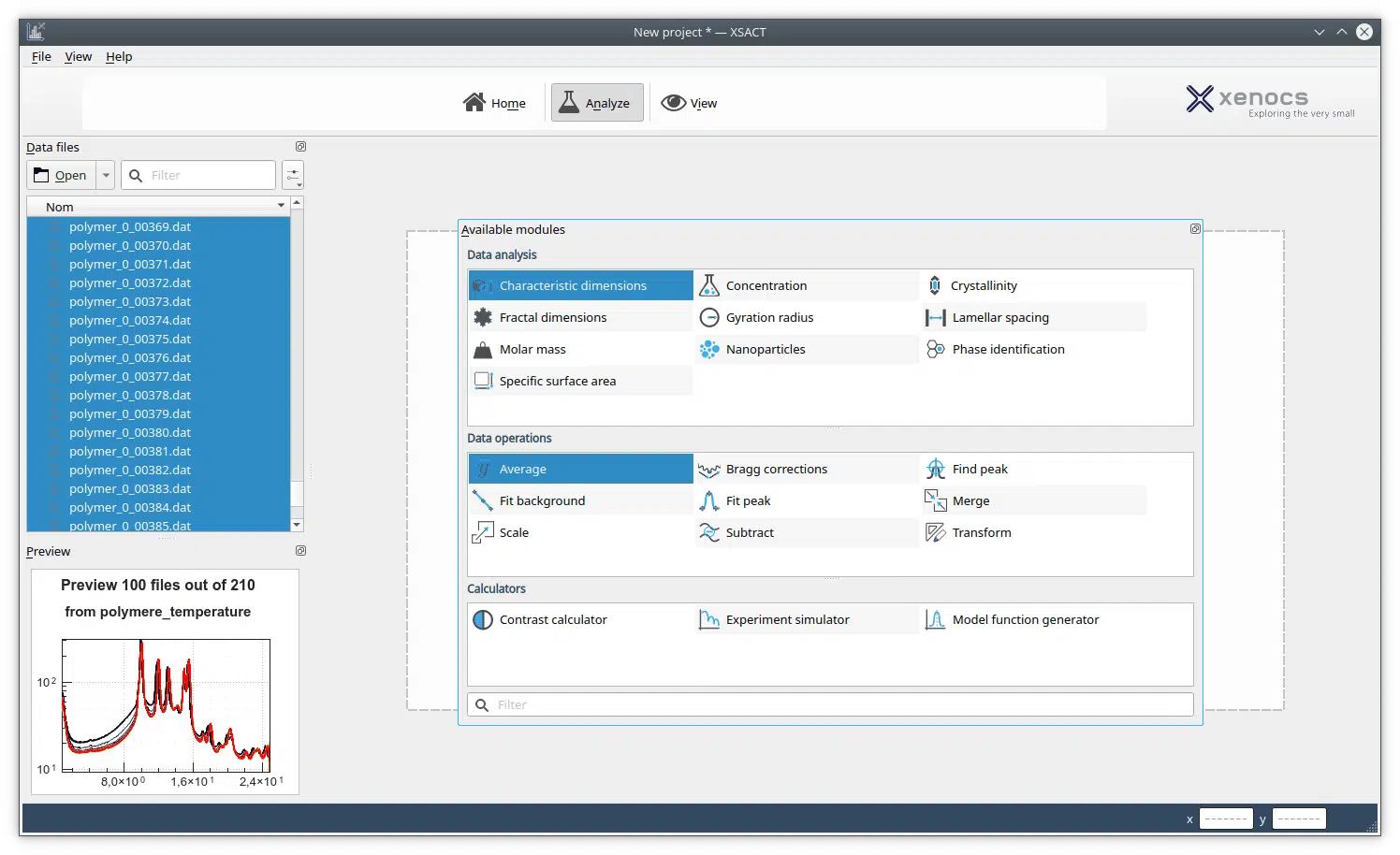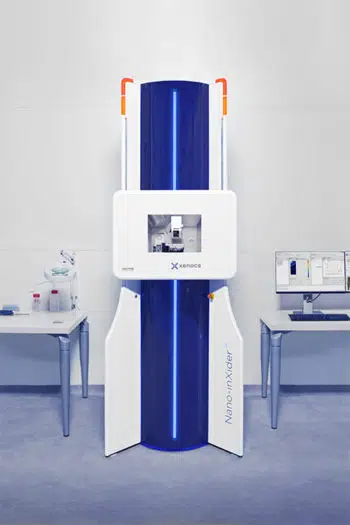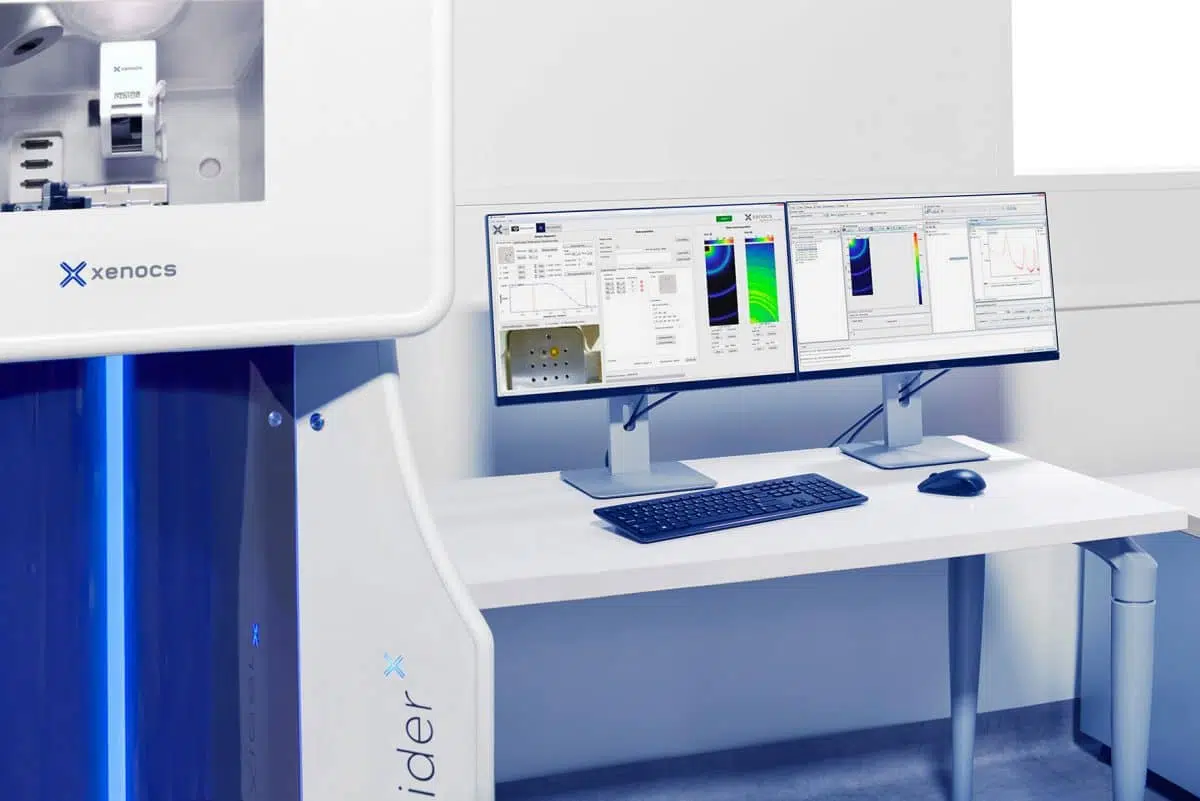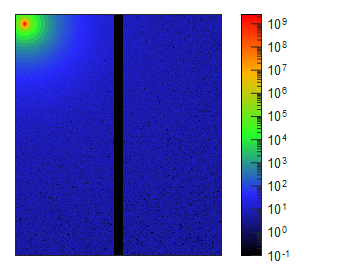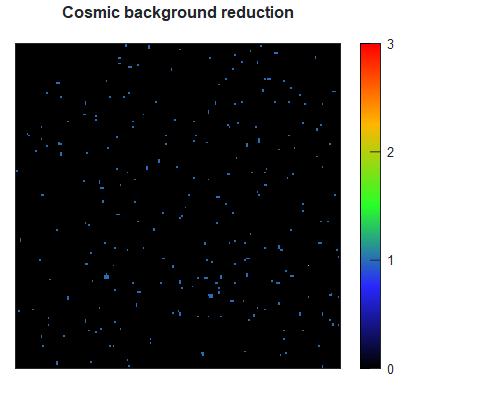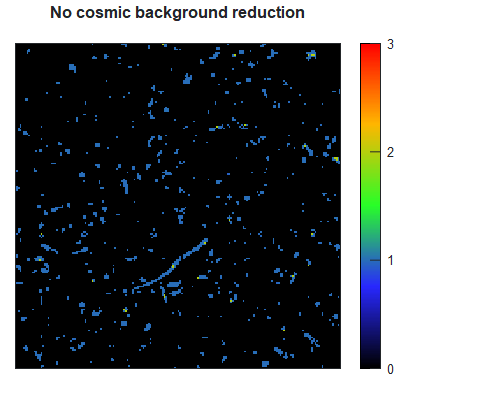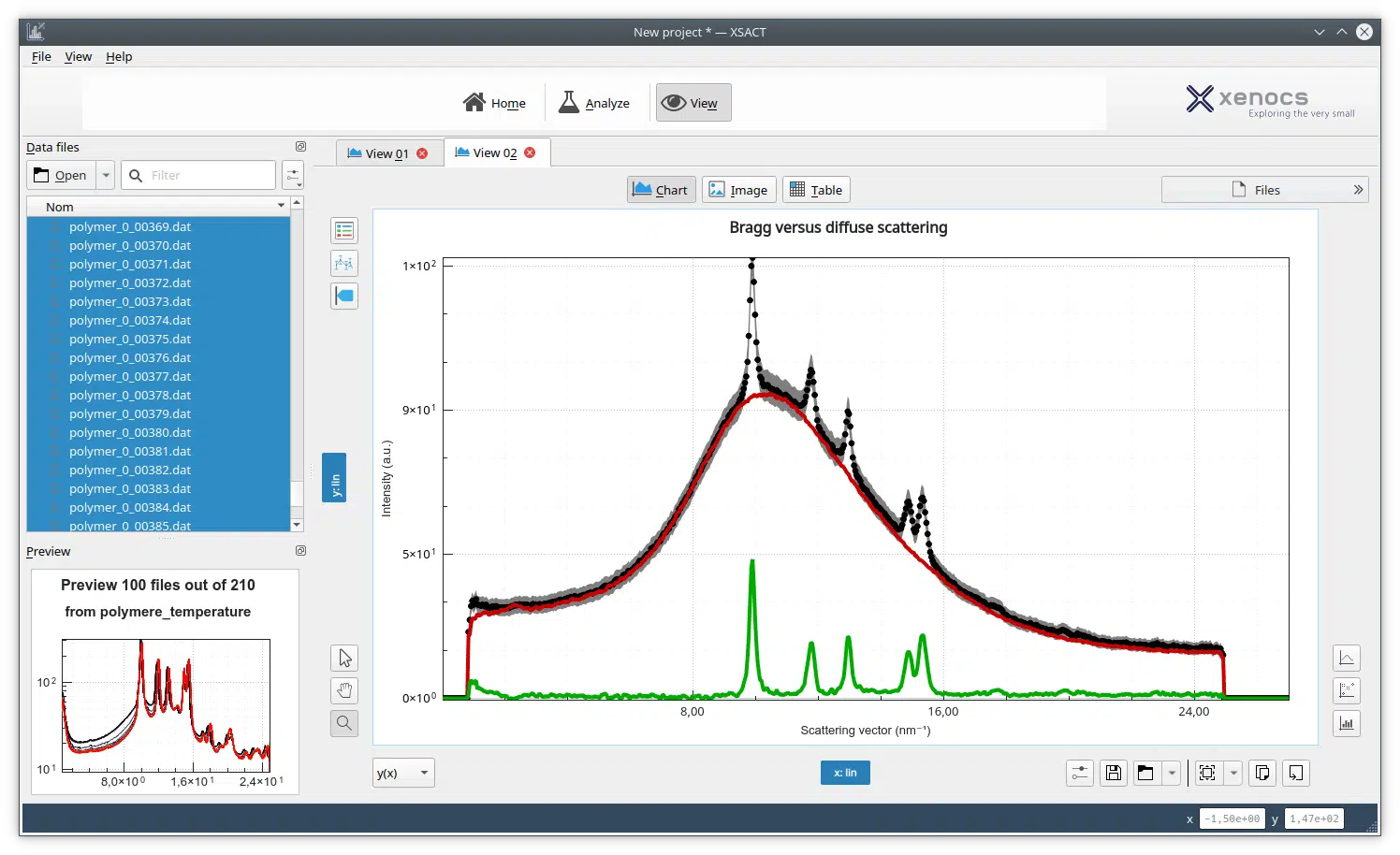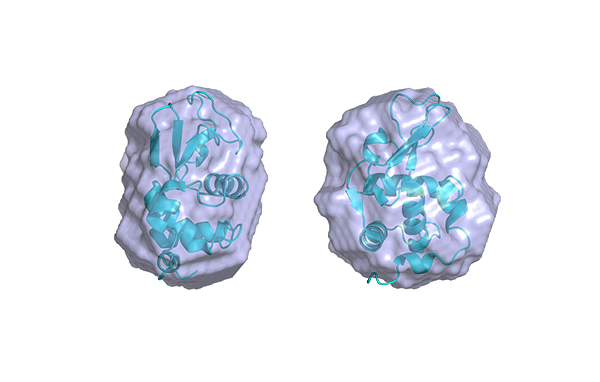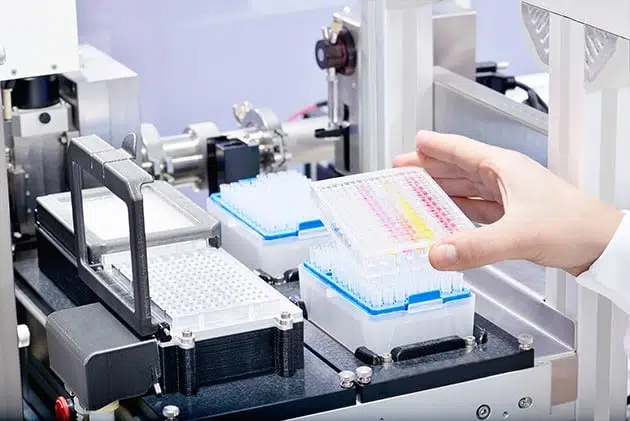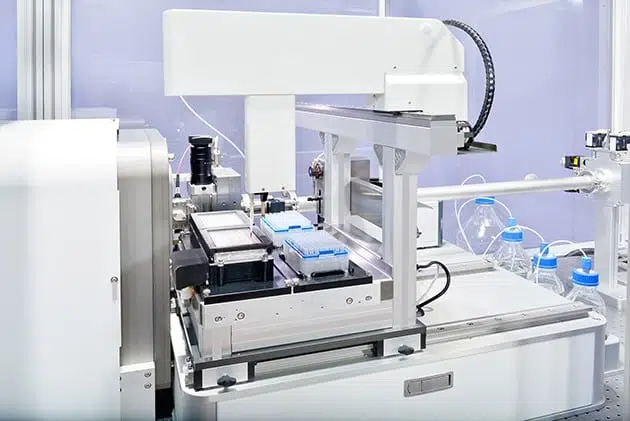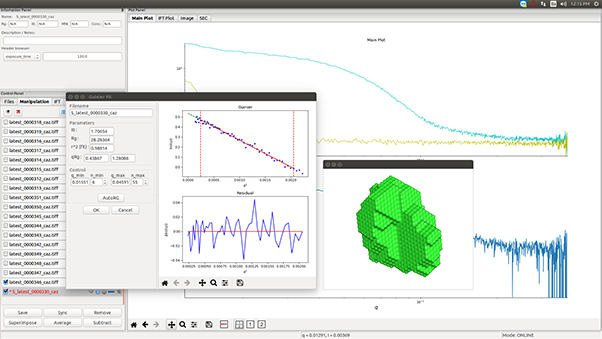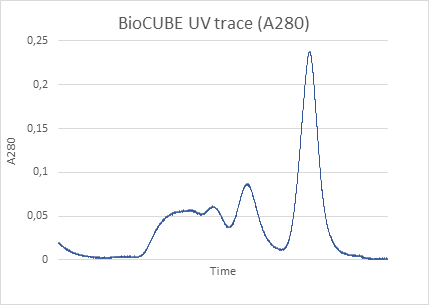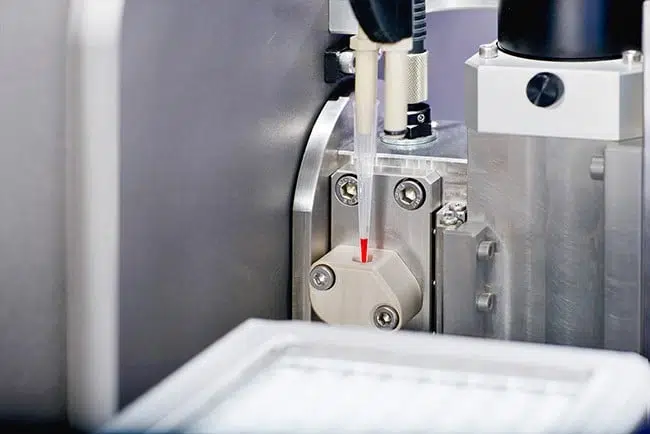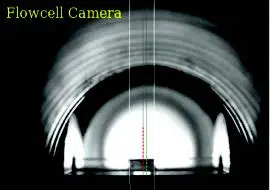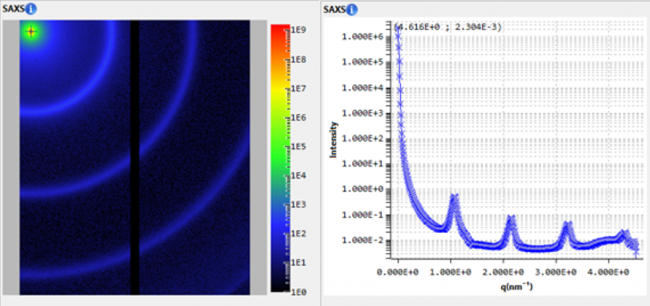Advanced Science, 2015, vol 2, 10, pp. 1500250
DOI:10.1002/advs.201500250
Abstract
Ternary organic solar cells (OSCs), which blend two donors and fullerene derivatives with different absorption ranges, are a promising potential strategy for high-power conversion efficiencies (PCEs). In this study, inverted ternary OSCs are fabricated by blending a highly crystalline small molecule BDT-3T-CNCOO in a low band gap polymer PBDTTT-C-T:PC71BM. As the small molecule is introduced, the overall PCEs increase from 7.60% to 8.58%. The morphologies of ternary blends are studied by combining transmission electron microscopy and X-ray scattering techniques at different length scales. Hierarchical phase separation is revealed in the ternary blend, which is composed of domains with sizes of ≈88, ≈50, and ≈20 nm, respectively. The hierarchical phase separation balances the charge separation and transport in ternary OSCs. As a result, the fill factors of the devices significantly improve from 58.4% to 71.6%. Thus, ternary blends show higher hole mobility and higher fill factor than binary blends, which demonstrates a facile strategy to increase the performance of OSCs.






